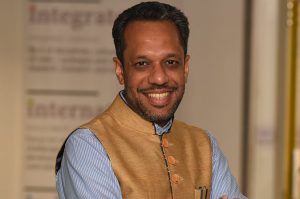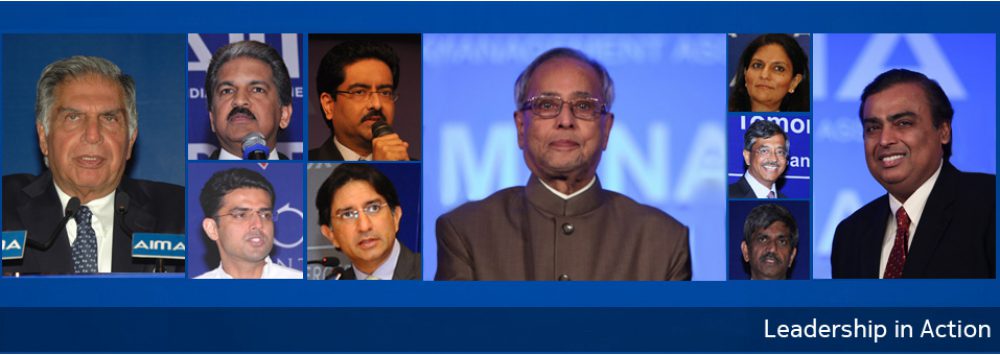
Arunabha Ghosh, Founder- CEO, Council on Energy, Environment and Water (CEEW) at AIMA’s LeaderSpeak.
Net zero can be achieved through sustainable economic activities and collaborative policies involving governments, businesses, and society, said Mr Arunabha Ghosh, Founder- CEO, Council on Energy, Environment and Water (CEEW) at AIMA’s LeaderSpeak.
Climate change is an area which impacts every one of us. We know the volatility in precipitation and other factors that are the consequence of climate change. We have, the data is quite clear, as I believe, from the International Energy Agency, that approximately 50% of end energy consumption is in the form of heating and cooling. This may be in the form of both industrial heating and cooling, but also residential and institutional heating and cooling.
So why net zero? India is poised to become the world’s third-largest economy by GDP by 2030, driven by robust annual growth of 6-7%. Amidst this growth, it’s crucial to steer towards sustainable economic development. We face a critical planetary emergency with nine planetary boundaries under threat from human activities. These thresholds, including climate stability, biogeochemical cycles, and freshwater availability, have already been breached. It’s imperative to transition to a net-zero economy swiftly, not just for environmental balance but also to sustain India’s economic rise while respecting planetary limits crucial for our long-term survival.
And if you look at only climate and we take that value of one and a half degrees above pre-industrial levels as beyond which catastrophic things begin to happen, we have only the remainder of this decade to prevent that climate overshoot. Currently, the world is on track for well over two degrees Celsius of warming. Now, this is also a cause for emergency because just when India and other emerging markets must grow, the developed world has not yet yielded that remaining carbon space.
Developed countries are set to exceed their 2030 climate targets by 38%, emitting an additional 3.7 billion tons of carbon dioxide equivalent. Their delayed coal phase-out plan, shifting from 2030 to 2035, alone adds 3.2 billion tons of carbon emissions—more than India’s annual emissions. This exacerbates global carbon depletion, critical as the remaining 500-billion-ton budget nears exhaustion by 2030. Despite advocating in climate negotiations, India faces heightened vulnerability due to unequal access to this carbon space. CEW’s pioneering high-resolution climate resilience atlas for India reveals that three-quarters of districts are now hotspots for extreme climate events, impacting 80% of the population with floods, droughts, and cyclones intensifying.
Recent findings from our Climate Resilience Atlas reveal shifting trends across India. Analysis at the sub-district level shows 23% of districts experiencing erratic precipitation patterns—periods of drought followed by intense rainfall. Moreover, 64% of test fields report increased heavy rainfall days during the southwest monsoon, and 48% note higher winter rainfall in October. This non-linear shift signifies unpredictability in climate behaviour, challenging past predictive models. As India emerges as a rapidly growing yet climate-vulnerable economy, understanding emissions sources is crucial. CEW’s GHG Platform India provides an independent inventory, essential for devising effective emission reduction strategies amid evolving climate dynamics.
In conclusion, I’d like to say that achieving net zero emissions in the industrial base also requires adopting advanced technologies like renewable energy and carbon capture, enhancing energy efficiency and implementing supportive policies such as carbon pricing. Besides these, international collaboration and knowledge sharing are crucial for accelerating this transition, ensuring industries worldwide can reduce their carbon footprints and contribute to global climate goals effectively.
Watch the full Session- https://www.youtube.com/watch?v=iViFq7ST75M



